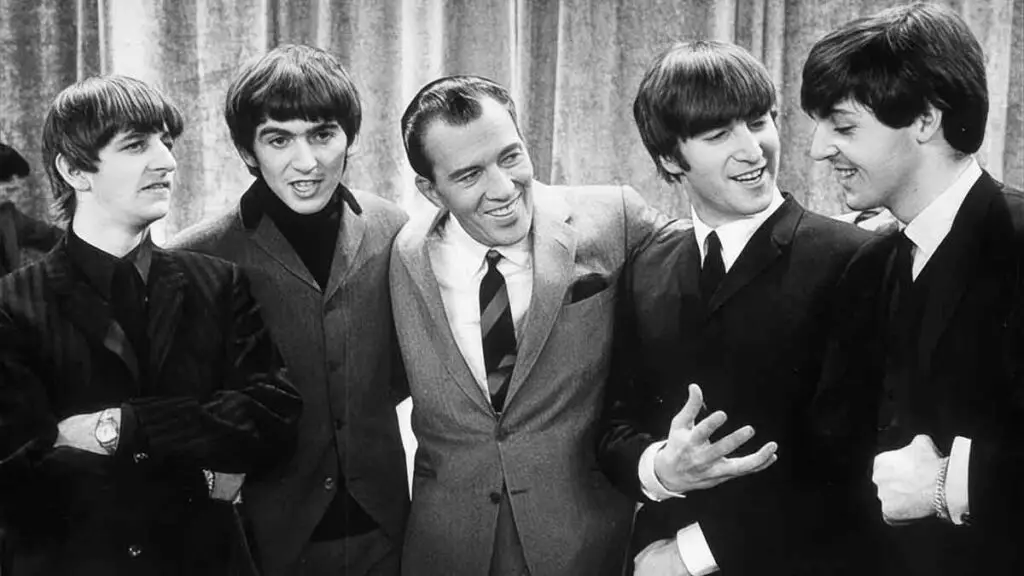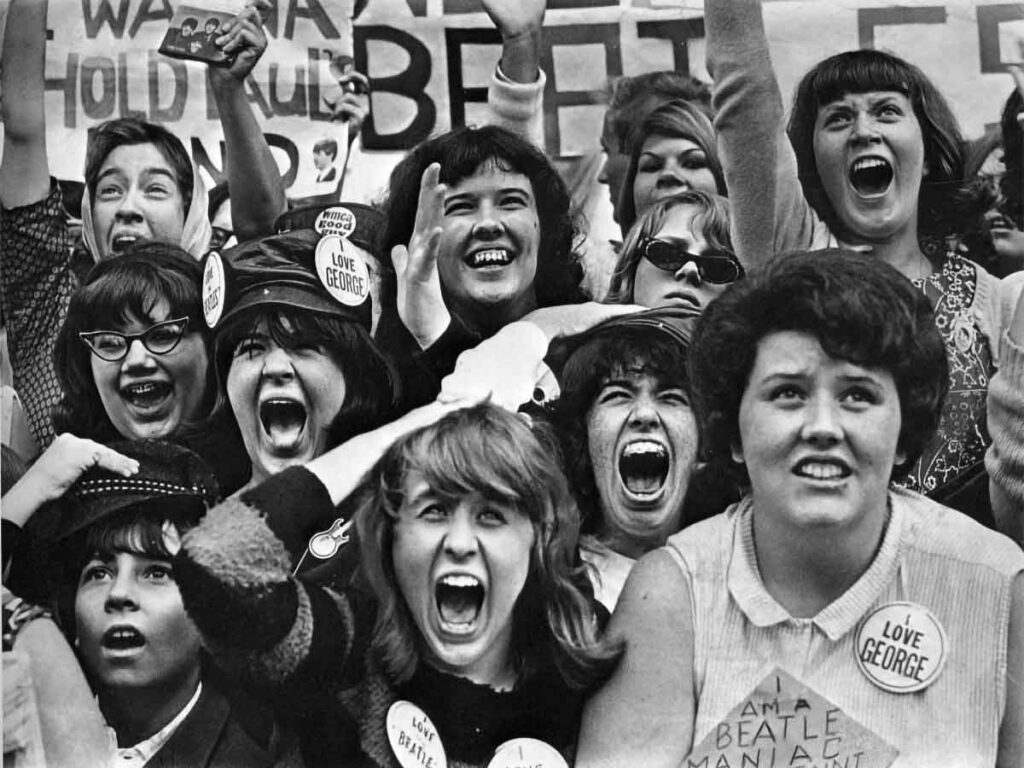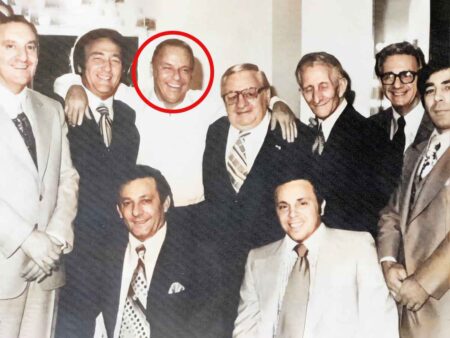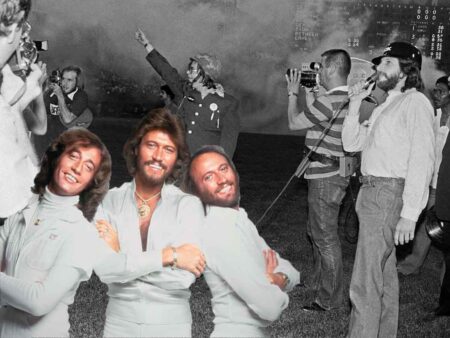The year 1963 marked a pivotal moment in music history. As rock and pop continued to evolve, a seismic shift was brewing in Britain—one that would soon take over the world. This was the year Beatlemania began. While the charts were still dominated by a mix of crooners, rock and roll, and girl groups, the arrival of The Beatles changed everything.
Contents
The Chart-Toppers of 1963: A Snapshot of the Year
Before Beatlemania swept the world, the charts in 1963 showcased a variety of styles, from smooth ballads to early rock and roll. Some of the biggest hits of the year included:
- “Sugar Shack” – Jimmy Gilmer & The Fireballs (Billboard Hot 100 #1 for five weeks)
- “Surfin’ U.S.A.” – The Beach Boys
- “The End of the World” – Skeeter Davis
- “Rhythm of the Rain” – The Cascades
- “He’s So Fine” – The Chiffons
- “Blue Velvet” – Bobby Vinton
- “Hey Paula” – Paul & Paula
- “Fingertips – Part 2” – Little Stevie Wonder
In the British charts, however, a new phenomenon was emerging. A band from Liverpool was beginning to dominate the airwaves, marking the dawn of a new musical era.

The Rise of The Beatles: Beatlemania Takes Hold in Britain
In early 1963, The Beatles were still a rising band, but by the end of the year, they had become the biggest sensation in the UK. Their first chart-topping single, “Please Please Me,” reached No. 1 on several British charts in February, followed by “From Me to You” in April and “She Loves You” in August. By the time “I Want to Hold Your Hand” was released in November, they had fully taken over the UK music scene.
Fans were fainting at concerts, crowds gathered in the thousands at airports, and The Beatles became a national obsession. Beatlemania was born, and their popularity was unlike anything the music industry had ever seen.
Reflecting on their rapid rise, John Lennon remarked in a 1963 interview, “The kids like us, and they like our style.”
The Coining of ‘Beatlemania’
The term “Beatlemania” was coined in late 1963 to describe the fervent fan frenzy surrounding The Beatles.
While the exact origin is debated, Scottish concert promoter Andi Lothian claims he first used the term on October 5, 1963, during a Beatles performance at the Glasgow Odeon. When asked by a reporter to explain the scene of girls rushing the stage, he reportedly said, “That’s Beatlemania.”
Regardless of its precise origin, the term quickly entered common usage, capturing the essence of the era’s unprecedented fan hysteria.
Breaking America: The British Invasion Looms
While The Beatles ruled Britain in 1963, their success had yet to cross the Atlantic. In the United States, their songs had minimal airplay, and American labels initially dismissed them.
But that changed in December when “I Want to Hold Your Hand” was released stateside. By early 1964, it shot to No. 1 on the Billboard Hot 100, marking the true beginning of the British Invasion.
Paul McCartney recalled the experience, saying, “We thought we were just going to play to a few people in America, but it snowballed.”

The Legacy of 1963’s Hits
While The Beatles were the breakout stars of 1963, the year also solidified the lasting influence of doo-wop, girl groups, and early rock and roll. Songs like “Be My Baby” by The Ronettes and “Surfin’ U.S.A.” by The Beach Boys remain classics today.
However, 1963 ultimately belongs to The Beatles. It was the year they transitioned from a promising local act to the biggest band in Britain and soon, the world. Their impact would forever change popular music, and it all started in 1963.
1963 was a year of transition, blending the last remnants of early rock and roll with the birth of a global phenomenon. The Beatles’ dominance in Britain set the stage for their explosion in America, paving the way for the British Invasion. Looking back, the chart-toppers of 1963 tell the story of a music industry on the verge of revolution.




